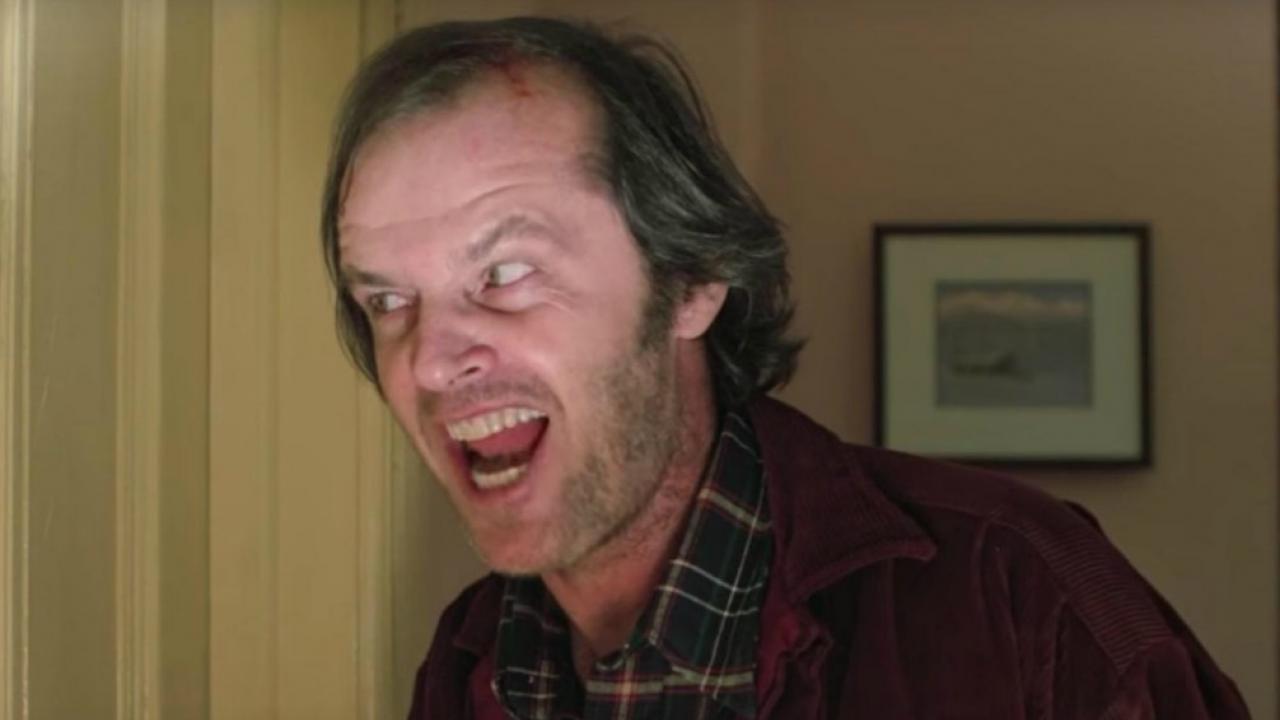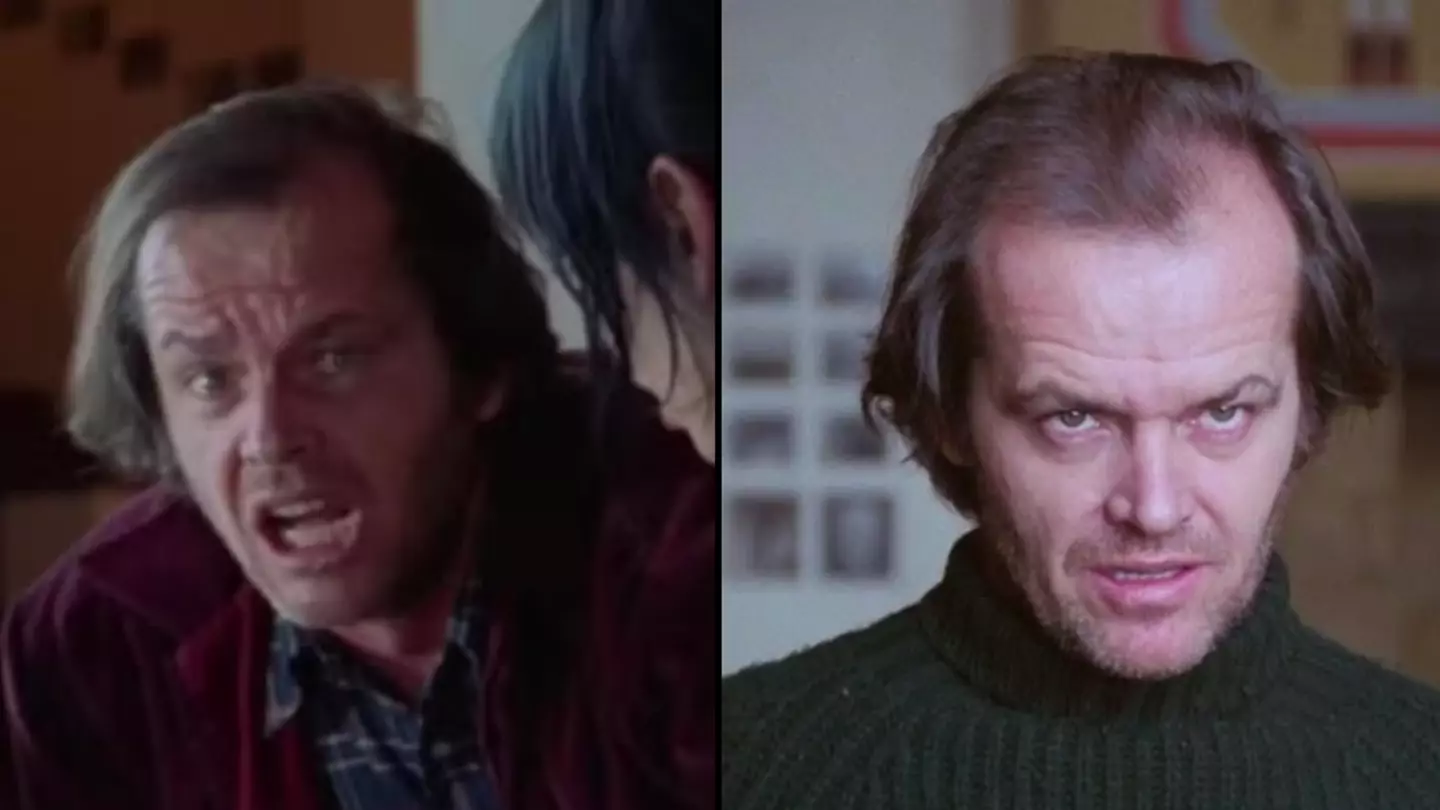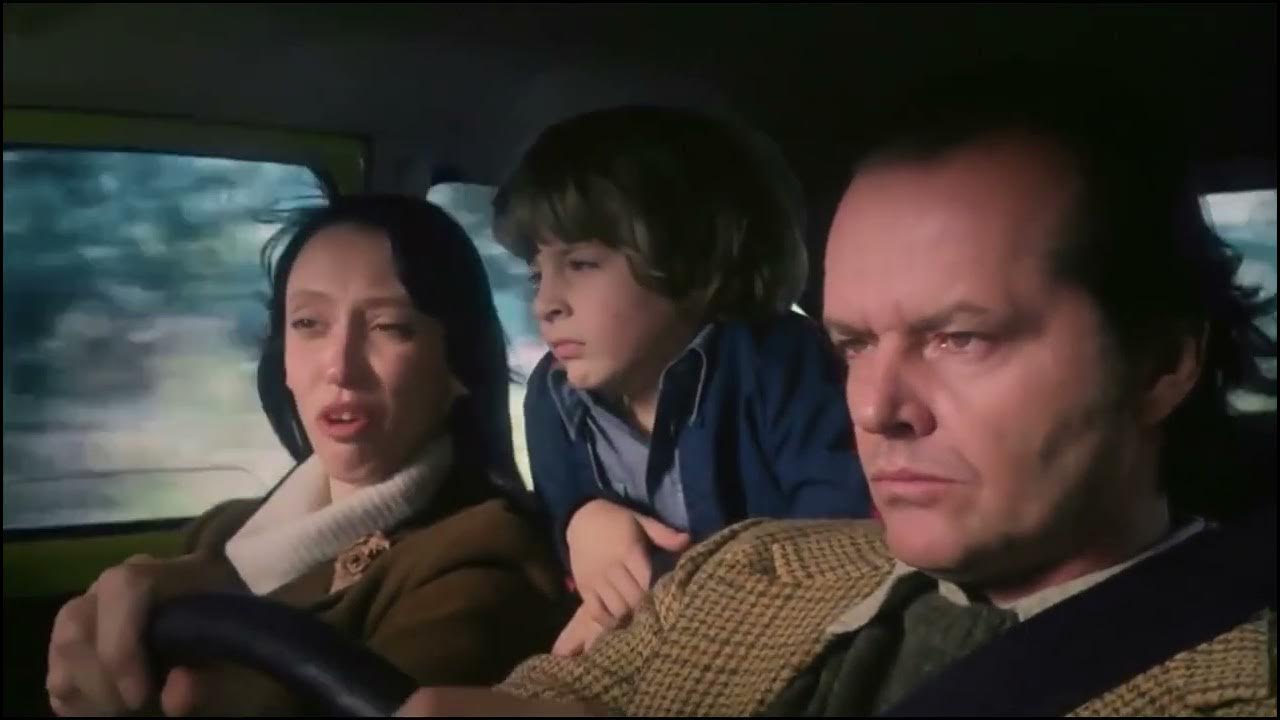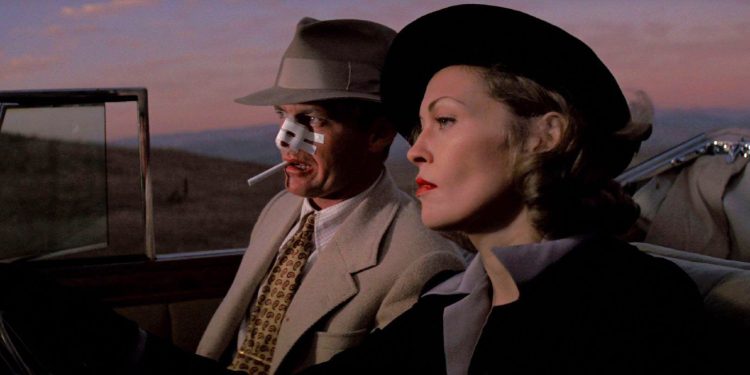In the world of cinema, the dynamics on a film set can often be as dramatic and intriguing as the narratives unfolding on screen. This was particularly true in the experiences of actors under the direction of iconic filmmakers. Jack Nicholson, a luminary of Hollywood, found himself at the center of such dynamics during the filming of two landmark movies, ‘Chinatown’ and ‘The Shining.’

Nicholson’s Supportive Presence in ‘Chinatown’
During the production of the 1974 thriller ‘Chinatown,’ directed by Roman Polanski, Faye Dunaway faced numerous challenges. Known for his exacting standards and demanding nature, Polanski’s directorial approach was often intense, which could turn the set atmosphere heavy. Dunaway, who played a pivotal role in the film, found an ally in Nicholson. According to her accounts in the HBO documentary ‘Faye,’ Nicholson’s presence brought a significant positive change to her experience on set.
“Jack helped, though. Nicholson being there made all the difference,”
Dunaway reflected. She even shared an instance of Polanski’s frustration with a strand of her hair during a shot, leading him to yank it off her head. This incident, while minor, symbolized the tense environment on set, yet Nicholson’s support helped Dunaway navigate through these turbulent waters. She affectionately recalled how Nicholson nicknamed her ‘Dread’ after this incident—a name she grew to love.

A Different Scenario in ‘The Shining’
Contrastingly, during the filming of Stanley Kubrick’s horror masterpiece ‘The Shining,’ Nicholson’s co-star Shelley Duvall underwent a grueling experience, but with less support from her leading man. Kubrick, known for his perfectionism, often required numerous takes to capture a scene to his satisfaction, which proved physically and emotionally taxing for Duvall.
“[Kubrick] doesn’t print anything until at least the 35th take,”
Duvall revealed in an interview with The Hollywood Reporter. This relentless pursuit of perfection exacerbated the stress levels, particularly in scenes requiring intense emotion. Despite the challenging circumstances, Nicholson seemingly remained distant. Angelica Huston, Nicholson’s girlfriend at the time, noted the lack of empathy towards Duvall on set, describing her as “a bit tortured, shook up.”

Reflecting on Nicholson’s Dual Roles
These contrasting scenarios bring to light the complex nature of support systems within the high-pressure environment of film sets. While Nicholson’s assistance played a crucial role in aiding Dunaway through her difficulties with Polanski, his apparent inaction during Duvall’s struggles with Kubrick paints a starkly different picture.
The reasons behind Nicholson’s differing responses are not entirely clear, but they underscore the unpredictable nature of film production dynamics. It also highlights how the presence or absence of support can profoundly affect the experiences of those involved in the creative process.
Jack Nicholson’s legacy in Hollywood is undeniably profound, marked by performances that have left an indelible mark on the industry. Yet, these behind-the-scenes stories provide a more nuanced view of the man behind the characters, illustrating that the line between hero and bystander can sometimes blur, shaped by circumstances and choices that are often as complex as the films themselves.









